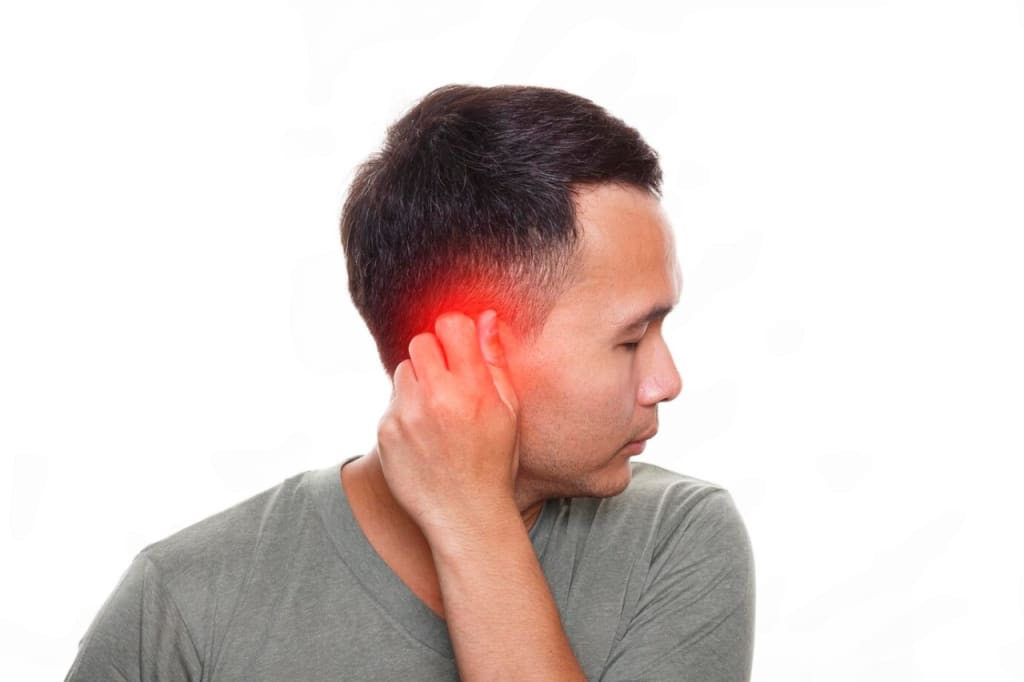When you think about eagles, you might picture them soaring gracefully through the sky, but just like any athlete, they can suffer injuries that require careful healing. You'll find that the process begins with rest and may involve veterinary care to manage pain and support recovery. As the eagle regains strength, targeted rehabilitation comes into play, essential for restoring their abilities. But what specific strategies are involved in this healing journey, and how do they guarantee the eagle is ready to return to the wild?
Common Types of Sports Injuries
When you're active in sports, injuries can happen more often than you'd like. Understanding the common types of sports injuries can help you recognize them early and take appropriate action. You might find yourself dealing with sprains and strains, which are two of the most frequent injuries. A sprain typically involves the ligaments, while a strain affects muscles or tendons. Both can range from mild to severe, and they often occur during sudden twists or impacts.
Another common injury is a fracture. Whether it's a stress fracture from overuse or a complete break from a fall, fractures can sideline you for weeks. Depending on the location and severity, they may require medical intervention, so don't ignore any persistent pain.
Tendinitis is another injury to watch out for, especially if you're involved in repetitive activities. It results from inflammation of the tendons and can be quite painful. You might notice discomfort in your joints, particularly in the knees, elbows, or shoulders.
Lastly, concussions are serious injuries that can occur in contact sports. If you experience a blow to the head or a jolt that affects your brain, it's crucial to seek medical attention immediately.
Always pay attention to your body and the signals it sends you. Recognizing these common injuries will empower you to take preventive measures and seek help when needed, ensuring you can get back to your favorite sports as soon as possible.
Initial Assessment and Diagnosis
Recognizing a sports injury is just the first step; evaluating its severity and getting a proper diagnosis are imperative for effective healing. You need to assess the situation quickly and accurately. Start by checking for any visible signs of injury, such as swelling, bruising, or deformity.
Ask yourself: Is there pain? If so, where exactly is it located? Pay attention to your body's signals, as they can guide you in understanding the extent of the injury.
Next, it's essential to determine how the injury occurred. Was it a sudden impact, or did it develop over time? This information can provide valuable context for healthcare professionals. If possible, try to recall the activities leading up to the injury, as they may help identify underlying issues.
Once you've gathered initial observations, consider seeking a professional evaluation. A qualified medical provider can conduct a thorough physical examination and may recommend imaging tests like X-rays or MRIs to rule out fractures or ligament damage.
Don't hesitate to discuss your symptoms openly; your input is key for an accurate diagnosis.
Treatment Options Available
Effective treatment options are essential for a successful recovery from sports injuries. Once you've received a proper assessment and diagnosis, you can explore various approaches tailored to your needs.
First, rest is vital. It allows your body to initiate the healing process without further strain. Depending on the injury, you might need to limit your activities for a few days or weeks.
Ice therapy is another effective treatment. Applying ice packs to the affected area reduces swelling and alleviates pain. Make sure to apply ice for 15-20 minutes every few hours, especially in the initial days following the injury.
Compression wraps can also support injured areas, helping to minimize swelling and provide stability.
Over-the-counter pain relievers, like ibuprofen or acetaminophen, can ease your discomfort and reduce inflammation. Always follow the recommended dosage and consult your doctor if you're unsure.
In some cases, your healthcare provider may recommend more advanced treatments. These could include corticosteroid injections to reduce inflammation or even surgical options for severe injuries. Always weigh the pros and cons of these procedures with your medical professional.
Lastly, don't underestimate the importance of nutrition. A balanced diet rich in vitamins and minerals aids in recovery. Foods high in protein, vitamin C, and omega-3 fatty acids can enhance healing.
Role of Physical Therapy
Physical therapy plays an important role in your recovery from sports injuries, helping you regain strength, flexibility, and mobility. After an injury, it's not just about resting; you need a structured approach to healing. A physical therapist will assess your specific situation and create a tailored rehabilitation program that focuses on your unique needs.
You'll engage in targeted exercises designed to improve your range of motion and strengthen the affected area, which is essential for preventing future injuries. Your therapist will guide you through various techniques, including manual therapy, stretching, and resistance training, to guarantee that your body heals correctly.
Pain management is another key aspect of physical therapy. Using modalities like ice, heat, or electrical stimulation, your therapist can help reduce discomfort and inflammation, enabling you to participate more fully in your recovery process without the burden of pain.
Moreover, physical therapy isn't just about physical recovery; it also addresses the mental aspect of healing. Your therapist will encourage you to set realistic goals and celebrate small victories along the way, which can greatly boost your motivation and confidence.
Ultimately, the goal of physical therapy is to return you to your sport stronger and more resilient than before. By committing to this critical step in your recovery, you're not only facilitating your healing but also empowering yourself to prevent future injuries and perform at your best.
Tips for a Successful Recovery
To secure a successful recovery from a sports injury, it's crucial to stay proactive and committed to your rehabilitation plan. First, follow your healthcare provider's advice meticulously. This includes attending all physical therapy sessions and completing any prescribed exercises at home. Consistency is key; don't skip sessions even if you feel better.
Next, listen to your body. Pain is a signal that something isn't right. If you experience discomfort during exercises, don't push through it—report it to your therapist. Adjustments might be necessary to guarantee you're healing properly.
Additionally, focus on nutrition. A balanced diet rich in proteins, vitamins, and minerals can greatly aid your recovery. Foods high in omega-3 fatty acids, like salmon and walnuts, can help reduce inflammation, while fruits and vegetables provide crucial antioxidants.
Stay hydrated, too. Water is essential for healing and helps transport nutrients throughout your body. Aim to drink plenty of fluids—especially if you're sweating during rehab sessions.
Lastly, maintain a positive mindset. Recovery can be frustrating, but staying motivated can make a considerable difference. Set small, achievable goals and celebrate your progress, no matter how minor it may seem. Surround yourself with supportive friends and family who encourage you along the way.
Conclusion
In summary, understanding how sports injuries heal in eagles is vital for their recovery. With proper assessment, treatment, and rehabilitation, these majestic birds can regain their strength and return to the wild. By prioritizing rest and utilizing effective therapies, you can support their healing process. Remember, patience is key—every eagle deserves the chance to soar again after an injury. So, let's make certain they get the care they need for a successful comeback!



